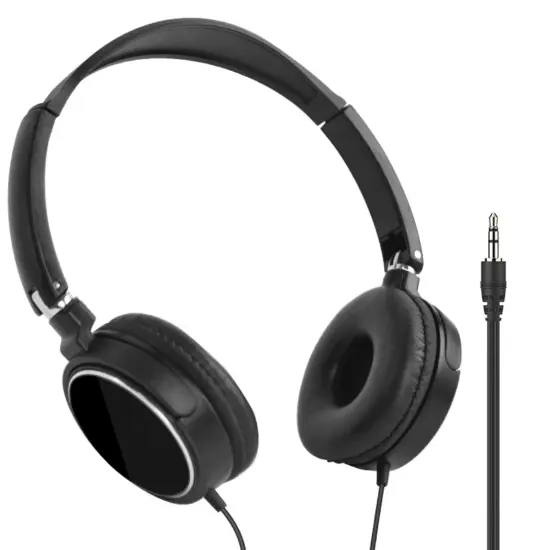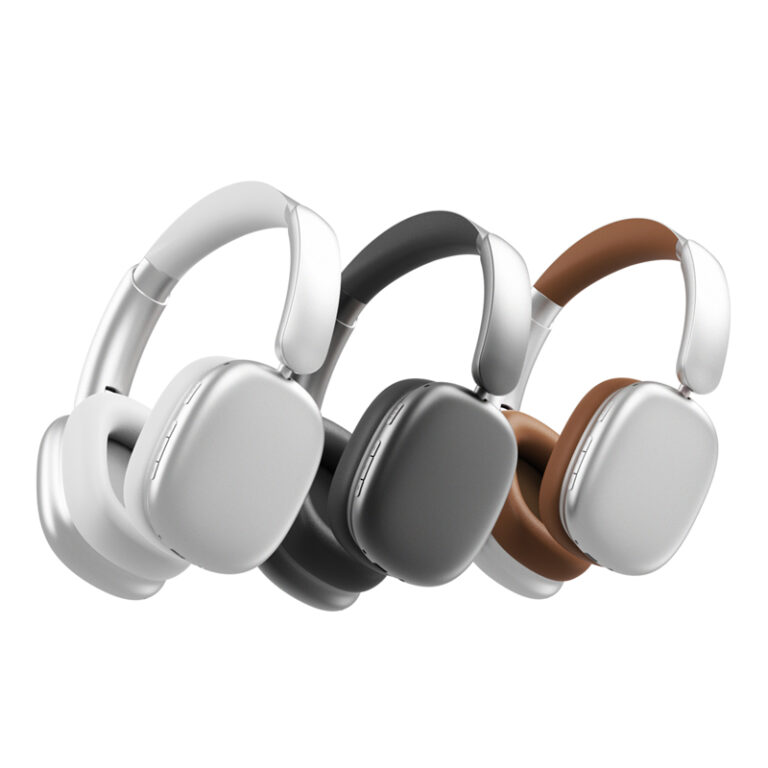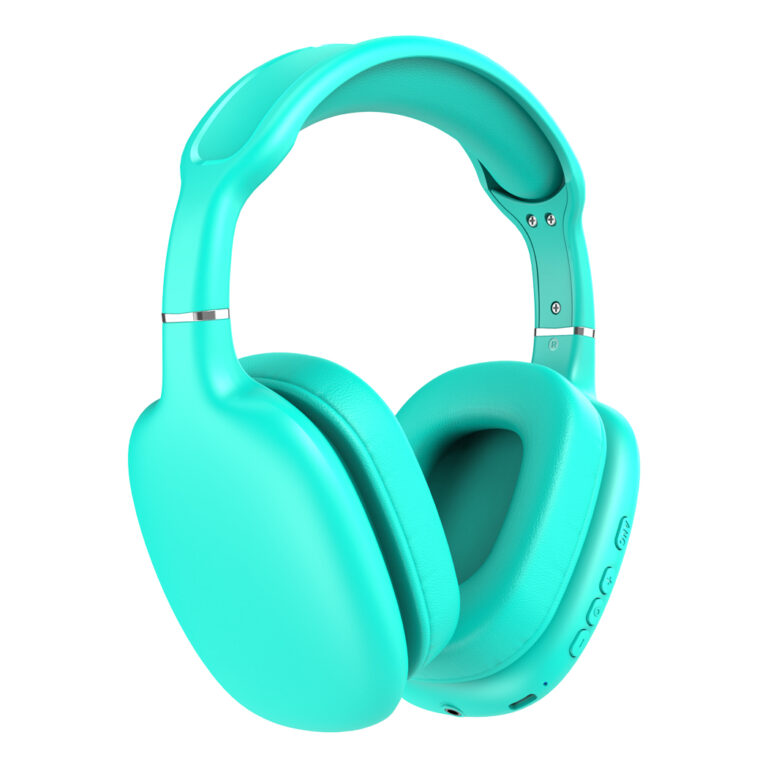jay@nbdho.com
Over-Ear vs In-Ear Headphones: Key Differences and Choosing Tips
When it comes to selecting headphones, two of the most popular styles are over-ear and in-ear headphones. Each offers distinct advantages and suits different use cases, lifestyles, and preferences. Understanding the key differences between these two types is essential to make an informed choice that fits your listening habits and comfort needs.
Design and Comfort
Over-ear headphones feature large ear cups that fully enclose the ears, providing a cushioned, comfortable fit. Their size allows for more padding, which distributes pressure evenly around the ears and head. This design is ideal for long listening sessions, such as gaming, studio work, or commuting. However, over-ear headphones tend to be bulkier and less portable.
In contrast, in-ear headphones, also known as earbuds, are compact and fit snugly inside the ear canal. Their small size makes them highly portable and convenient for on-the-go use, exercise, or casual listening. Comfort largely depends on the fit of the ear tips; poorly fitting earbuds can cause discomfort or fall out easily, but many models offer multiple tip sizes and materials to enhance fit and isolation.
Sound Quality and Noise Isolation
Over-ear headphones generally offer superior sound quality due to larger drivers, which can produce deeper bass and clearer mids and highs. The sealed design often provides effective passive noise isolation, and many models include active noise-cancelling features, making them perfect for immersive listening environments.
In-ear headphones have smaller drivers but can still deliver impressive sound, especially high-end models designed for audiophiles. Their insertion into the ear canal naturally blocks some external noise, creating a decent seal. However, they usually don’t match the audio depth and spatial soundstage of over-ear headphones.
Portability and Use Cases
Portability is a significant factor influencing headphone choice. In-ear models are lightweight, pocketable, and less obtrusive, making them ideal for commuting, workouts, and travel. Over-ear headphones are better suited for stationary use or scenarios where sound quality and comfort take precedence over portability.
Durability and Maintenance
Over-ear headphones, with their larger frames and exposed parts, may be more prone to damage if mishandled, but many come with durable materials and protective cases. In-ear headphones, while compact, can suffer from earwax buildup and wear on cables or wireless components, requiring regular cleaning and occasional replacement of ear tips.
Price Range
Both types offer options across various price ranges. Over-ear headphones tend to be more expensive, especially models with advanced features like noise cancellation and wireless connectivity. In-ear headphones can be more affordable, but premium earbuds can match or exceed the price of high-end over-ear models.
How to Choose?
Choosing between over-ear and in-ear headphones depends on your lifestyle and priorities. If you prioritize sound quality, comfort for extended use, and noise cancellation, over-ear headphones are the best choice. If you need portability, convenience, and are often on the move, in-ear headphones may suit you better.
In conclusion, both over-ear and in-ear headphones have unique strengths. Consider your listening habits, environment, comfort preferences, and budget to select the headphones that best complement your daily routine.





